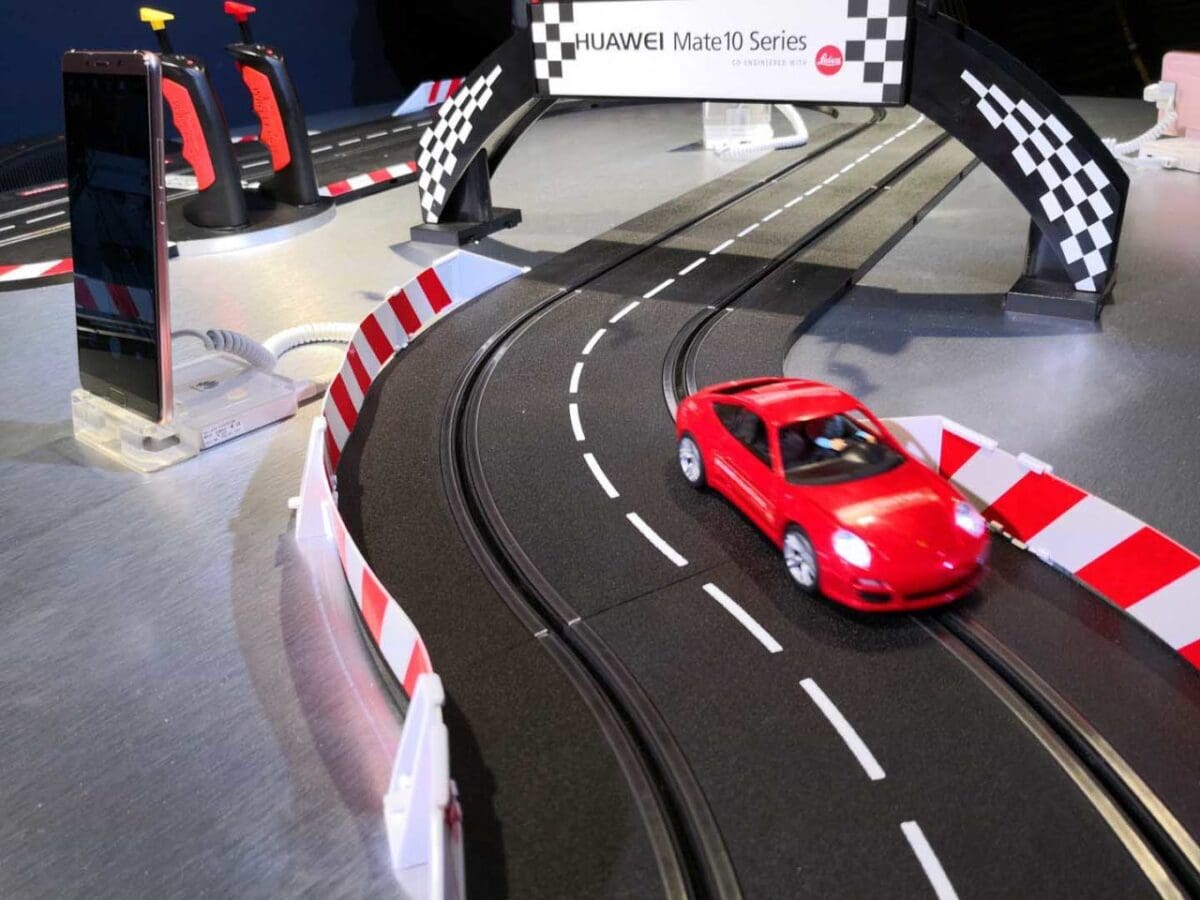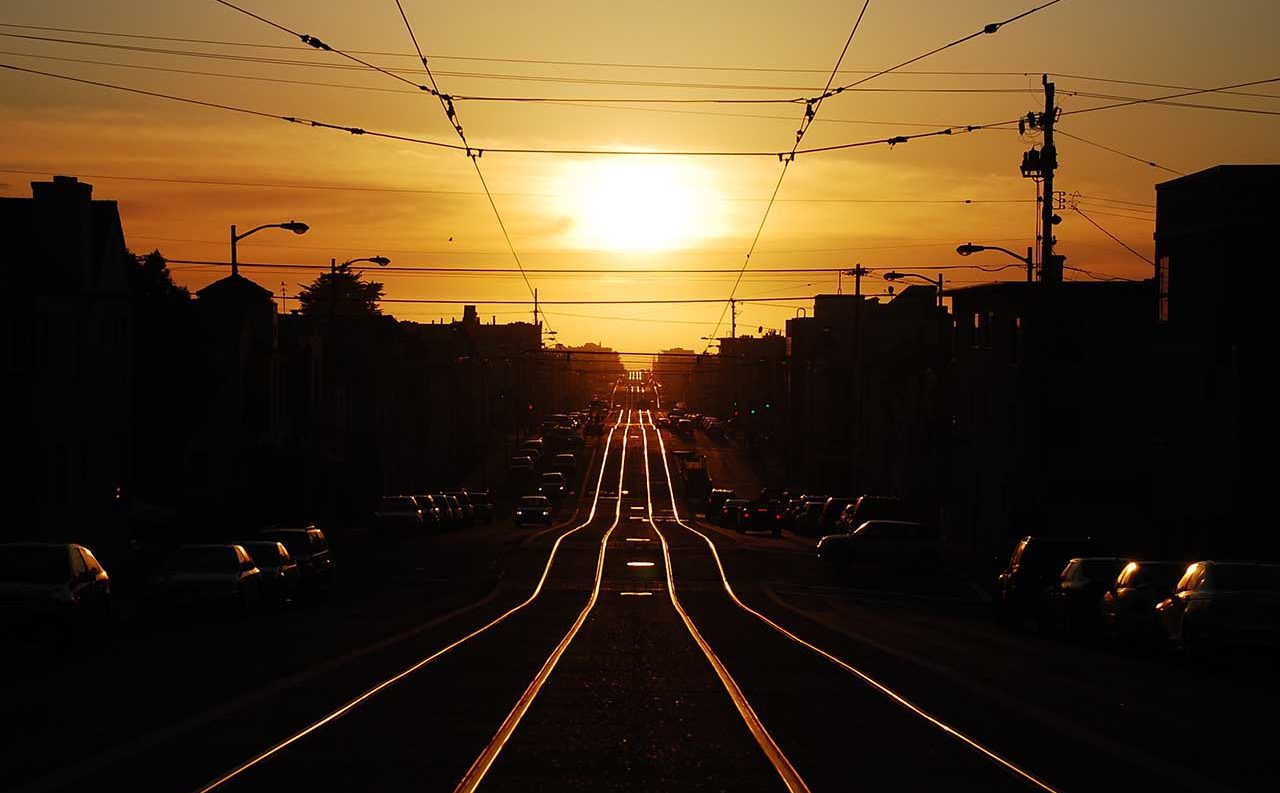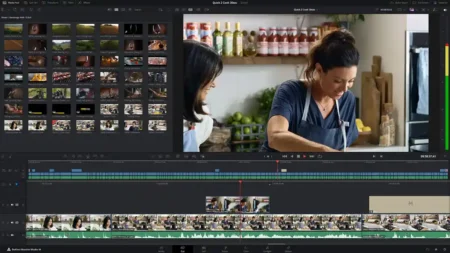Learning how to compose images with leading lines can be a great way to add extra impact to your photos. Here’s what you need to know…
When photographers talk about composing images they often talk about the Rule of Thirds. This compositional aid is a simple guide that photographers of all levels use because it’s a useful way to arrange the elements in your scene and making instant improvements to an image. And it works for every photograph.
So why would you want to use anything else? Sometimes photographers like to take their compositions a step further to add impact in additional ways. Leading lines are one of the most popular of these devices because can add impact and scale as well as draw the viewer into your images.
What are leading lines in photography?
Leading lines are elements within a frame – typically something like a wall or railroad tracks – which grab the viewer’s attention and draw their gaze from the foreground to the background.
Because leading lines usually appear larger in the foreground than they do in the background, these also have the added benefit of giving an image a sense of distance and scale.
Wide-angle lenses are particularly useful when shooting leading lines because your ‘line’ will look much larger in the foreground than it does in the background, giving an exaggerated sense of depth and scale.

What to use as a leading line in photography?
The better question is, what can’t you use?! There’s a huge variety of objects that can create leading lines in photography, but perhaps the ones you see most often are train tracks, road markings (and roads for that matter!), curbs, buildings, footpaths, rivers, walls, fences and lines of trees.
But it’s important to remember that just finding something linear isn’t enough to make a leading line. Your ‘leading line’ has to be positioned correctly relative to the main subject and extend from the foreground towards it.
A leading line won’t produce the desired effect of drawing a viewer’s gaze through the frame if it shoots out to the side of the frame because the viewer’s eye will then exit the image with it.
A leading line needs to form a link between the different elements of the scene. This link can be a straight line or it can zigzag or snake into the scene.
To frame your leading line correctly, walk around your scene until you find the perfect alignment between your chosen leading line and the main subject. If you’ve ever shot a forced perspective image (e.g. those famous shots of tourists propping up the Leaning Tower of Pisa) the process is similar. It takes some trial and error.
Using non-physical leading lines
Physical lines like train tracks and roads are the most obvious types of lines you can use to draw a viewer into an image, but you can also create links between elements using implied lines.
What is an implied line? Imagine a photograph of someone in the left foreground staring at the Eiffel Tower in the right background. A line is implied here by the direction of that person’s gaze within the scene.
You can test the impact of this for yourself simply by shooting two versions of an image. I often do this with landscapes.
Shoot one version with a person standing in the foreground looking towards the camera and another with them looking towards my main subject. Then I shoot another version with the person looking at me.
When the person is looking towards the camera the image looks more like an environmental portrait and our eyes are drawn to their face. When they look at the view, however, a line is created from their eyes towards the horizon (or object they’re looking at) and our eyes follow in the same direction.

Burst mode
Leading lines aren’t just for landscapes
You can use leading lines in many types of photography, so don’t forget to make use of them when you’re shooting an interior, putting a still life scene together, even setting up a portrait.
Using leading lines in portraiture can result in really creative images. For instance, try using your subject’s hands or arms to create leading lines, raising them towards the face to pull the viewer into the subject’s eyes where you’ve locked focus.
Implied leading lines can work very well in group portrait shoots, for example when the parents look towards a new baby. It’s a great way of conveying who the most important person is in a photograph.
What gear you’ll need
The main criterion for shooting leading lines is simply finding a linear subject, and there’s no piece of equipment that can affect the shape of what’s infront of you. But there are some pieces that can give you a greater advantage when it comes to the other elements of that scene interacting with that linear subject.
For instance, a tripod. If you’re composing a river or road or train tracks as your leading line, a tripod will give you the stability to capture the movement of the subjects moving up and down it.
You might also want a remote shutter release if shooting at night or over long exposures.



